Music
Trailers
DailyVideos
India
Pakistan
Afghanistan
Bangladesh
Srilanka
Nepal
Thailand
Iraq
Iran
Russia
Brazil
StockMarket
Business
CryptoCurrency
Technology
Startup
Trending Videos
Coupons
Football
Search
Download App in Playstore
Download App
Best Collections
Technology

This IT pilot fish is asked to set up a new sheet-feed scanner at a state agency so that a secretary can take a multi-page printed document from another state agency, scan it, OCR it and save it to a Word document so it can be indexed on a network drive.
Everything works great for months, but then fish gets a call from the secretary — the scanner is not working. By which she means the Word documents are full of junk text.
And she emails fish a copy of the latest document so he can see for himself: complete gibberish.
Fish starts troubleshooting: Has the documentform changed in any way? Has anyone changed settings on her computer? Is she doing anything at all different this week?
To read this article in full, please click here
- Details
- Category: Technology Today
Read more: Wayback Wednesday: Out of turning
Write comment (99 Comments)Uber is walking back its annual guidance for 2020 due to the COVID-19 pandemic.
Update: This article was corrected to reflect that the guidance was for 2020, not an update that would include the fourth quarter adjusted EBITDA profitability target. Uber CEO Dara Khosrowshahi said earlier this year that the company planned to make an operating profit by the final quarter of 2020. That shouldn&t be confused with annual guidance.
Uber said Thursday it was withdrawing its 2020 guidance for gross bookings, adjusted net revenue and adjusted EBITDA, which were provided on February 6, 2020 during the companyearnings call. The companyprevious 2020 guidance was gross bookings between $75 billion and $80 billion, adjusted net revenue $16 billion to $17 billion and an adjusted EBITDA loss of between $1.45 billion and $1.25 billion. Uber did not provide new guidance for 2020.
&Given the evolving nature of COVID-19 and the uncertainty it has caused for every industry in every part of the world, it is impossible to predict with precision the pandemiccumulative impact on our future financial results,& Uber said in a statement.
Uber also warned that it expected an impairment charge of between $1.9 billion and $2.2 billion because of declines in value on some of its minority equity investments. Uber has minority stakes in Didi, Grab, Yandex.Taxi and Zomato, according to its latest annual report. The one-time charge is not expected to impact Uberfirst-quarter adjusted net revenue, adjusted EBITDA, cash and cash equivalents or short-term investments, the company said.
Uber also used Thursdaychange in guidance to highlight initiatives it launched in response to the COVID-19 pandemic, including a financial assistance program for drivers and delivery people.
Uber said it plans to account for this program as Contra Revenue, which will likely reduce GAAP revenue by an estimated $17 million to $22 million in the first quarter and an estimated $60 million to $80 million in the second quarter. Uber will exclude the impact of certain COVID-19-specific expenses from Adjusted Net Revenue and from Adjusted EBITDA to &help investors assess the impact of COVID-19 on our financial position.&
The company has scheduled its first quarter earnings call for 1:30 pm PT May 7.
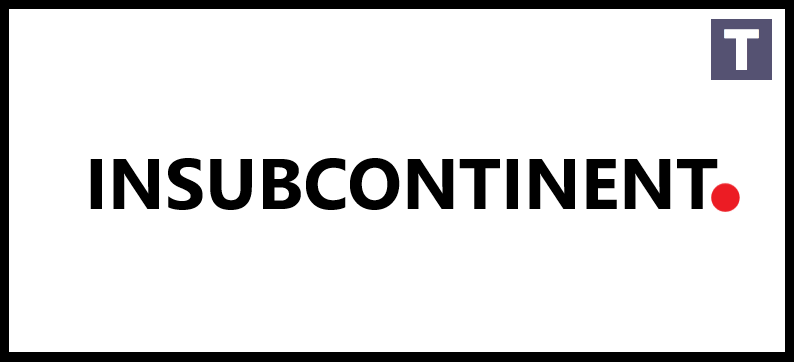
- Details
- Category: Technology Today
Read more: Uber takes out 2020 guidance
Write comment (92 Comments)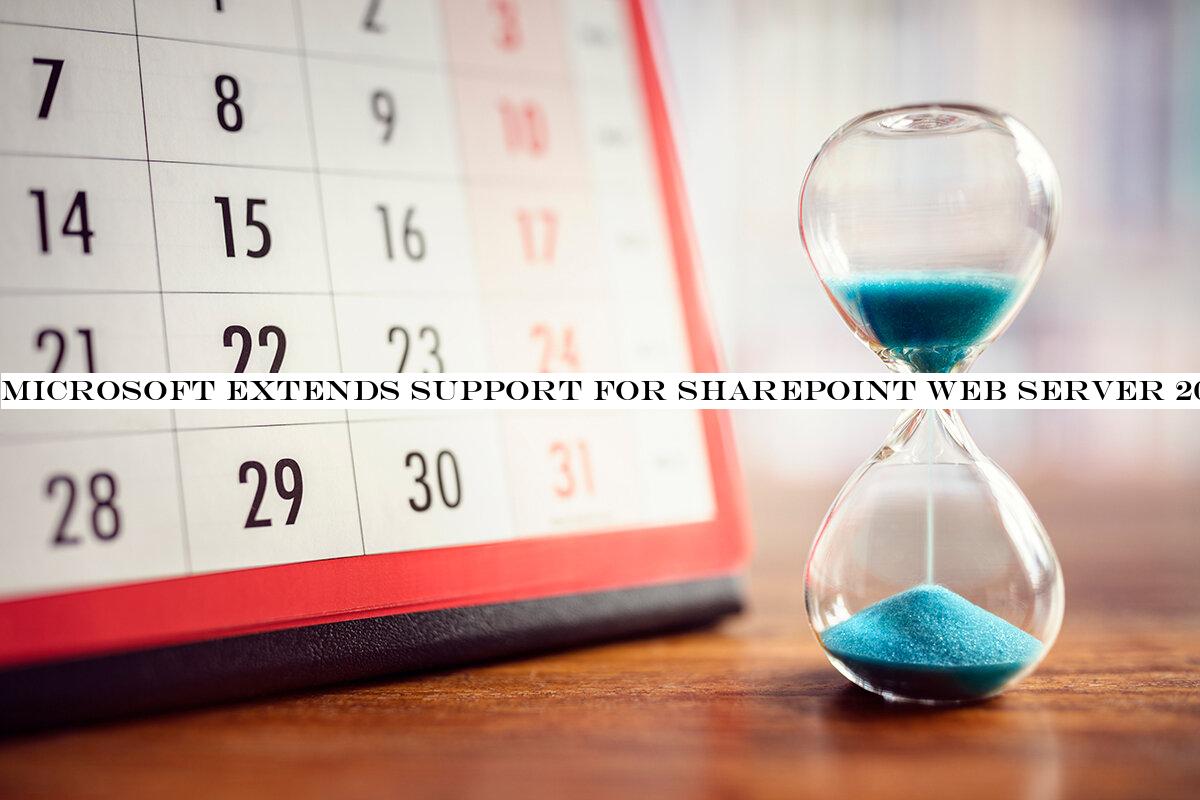
Microsoft on Tuesday extended support by six months for more products, telling customers that SharePoint Server 2010 will now receive updates until April 13, 2021 and that Windows 10 1809 will get security fixes until Nov. 10, 2020.
"In response to the COVID-19 crisis and an increase in customer requests, we have decided to revise support for SharePoint Server 2010 products and technologies,' Mark Kashman, senior product manager on the SharePoint team, wrote in an April 14 post to a company blog.
To read this article in full, please click here
- Details
- Category: Technology Today
Read more: Microsoft extends support for SharePoint Web server 2010, Windows 10 1809
Write comment (92 Comments)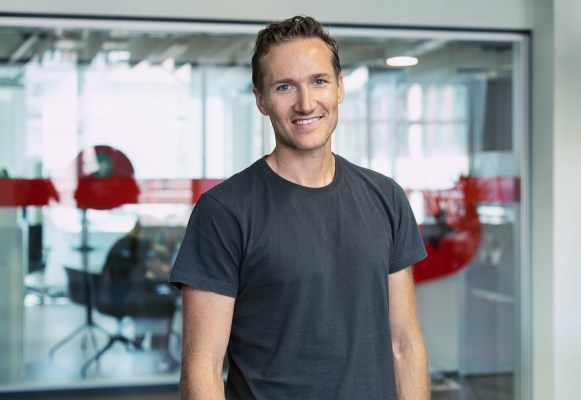
Food-delivery platforms are on the front lines during the coronavirus crisis, with major spikes in demand as communities are confined at home, likely with more time to cook than usual. And while some restaurants have opted to shut down, others have turned to takeout as a lifeline. Yet physical contact between suppliers, couriers and customers must be more tightly managed than ever to reduce the risk of spreading COVID-19.
The gig economy has also come under renewed scrutiny due to a lack of worker protections that have left many facing a stark choice between earning a living or sheltering in place. In the best of times, operating a delivery platform is a balancing act — and these are certainly not the best of times.
We talked to Delivery Hero CEO Niklas Östberg to find out what helearned about managing a global logistics business in the midst of a pandemic.
The Berlin-based company operates a variety of delivery brands across more than 40 markets and 300+ cities globally, employing 22,000 people directly — with a much larger army of self-employed platform workers who hit the streets and make the actual deliveries.
Food remains a core focus — Delivery Hero says it has some 500,000+ restaurants on its platform, making it the largest global food network outside of China — though in recent years it has branched out into other areas, including groceries and pharmaceuticals. An expansion thatproven to be timely.
This interview has been edited for length and clarity.
TechCrunch: How is the coronavirus impacting your business?
Niklas Östberg: It has an enormous amount of impact in different ways and different regions. We are heavily impacted in some areas, in some a little bit less. In some we have positive impact and in some negative.
What goes for almost everyone except for those who are under complete curfew is that the number of new customers have significantly increased.
We have a lot of new customer segments who didn&t order food before — they now urgently need food and they&ve realized the value of food delivery. And of course there are some [existing] customers who have changed their behavior — now they might not need it as much as before. But definitely one thing that is true for almost every market is that we get a lot of new users and we get a lot of new restaurants.
- Details
- Category: Technology Today
Read more: Shipment Hero CEO shares what he's discovered managing logistics throughout a pandemic
Write comment (100 Comments)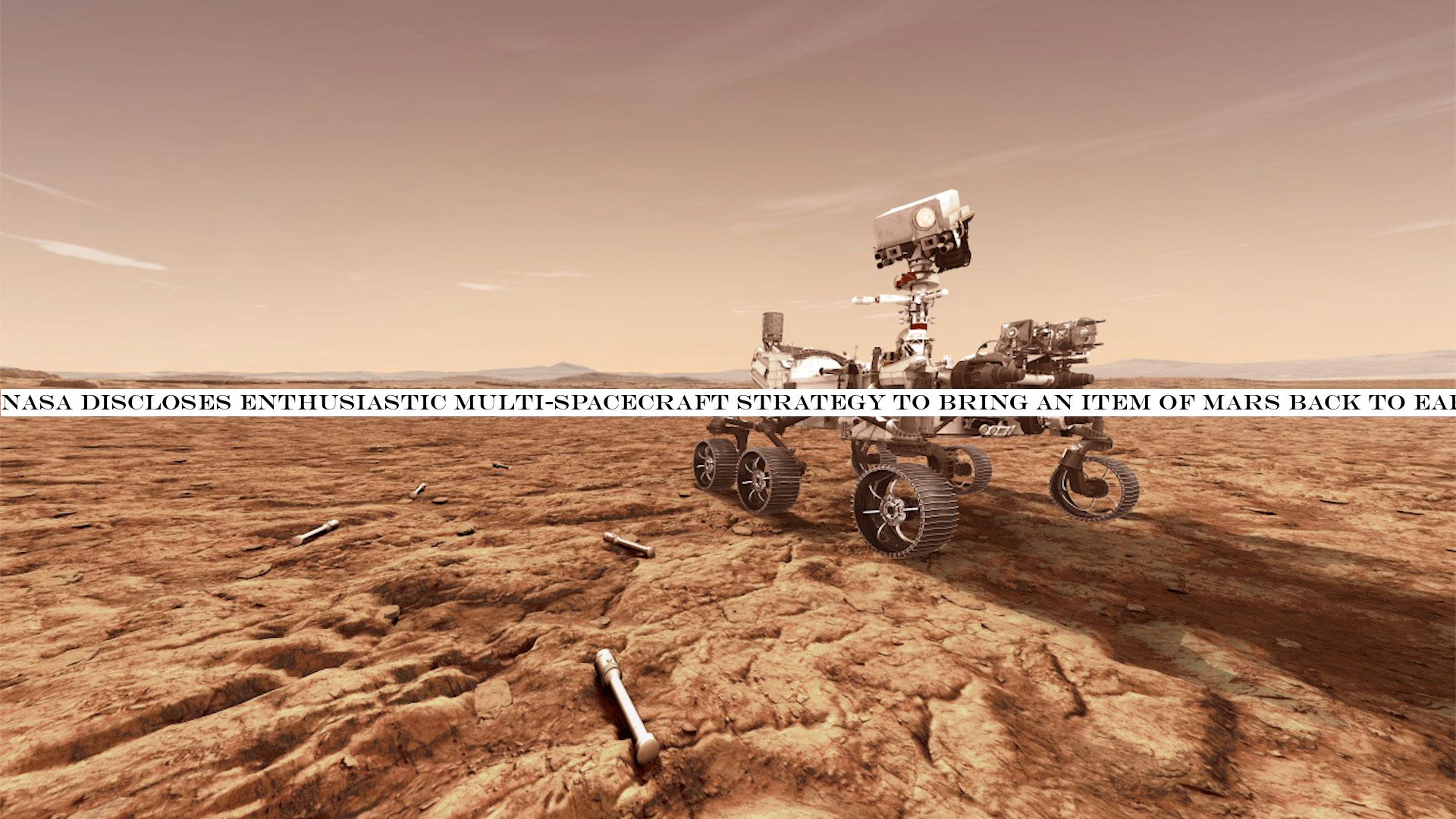
That NASA intends to collect a sample from Mars and return it to Earth is well known — they&ve said so many times. But how would they go about scooping up soil from the surface of a distant planet and getting it back here? With a plan that sounds straight out of sci-fi.
Described by the projectlead scientist in a virtual meeting reported by Nature, NASA and the European Space Agencyproposed Mars sample retrieval program is perhaps the most ambitious interplanetary mission ever devised. (I&ve asked NASA for more details and will update this post if I hear back.)
The first part of the plan is already public: It relies on the Mars Perseverance rover, which is currently being prepared, despite the pandemic, for its launch in July. Perseverance will perform sampling using a drill and soil scoop, filling 30 small tubes with the results of its Martian delvings and storing them on board.
The next step is where things start to get wild.
A second spacecraft will travel to Mars, launching in 2026 and arriving in 2028, and land near Perseverance in Jezero crater. It will deploy a second rover, which will roll over to Perseverance, collect the sample tubes, and deposit them in the &Mars ascent vehicle& that also came with it. This small rocket will launch itself and the samples into orbit — the first time a spacecraft will have taken off from the surface of Mars.
At this point, a third spacecraft waiting nearby will synchronize its orbit with the sample retrieval craft, collect it, and return to Earth with it, where it will make its — controlled, one hopes — reentry in 2031.
&This is by no means a simple task,& said head of NASAMars exploration program Jim Watzin in the meeting, uttering perhaps the greatest understatement of the 21st century so far. &But we have kept it as simple as possible.&
Indeed, it is hard to think of a simpler process given the restrictions of travel to Mars. Naturally Perseverance can&t shoot the samples back on a ballistic trajectory itself for a variety of reasons. That necessitates a second surface vehicle. And engineering that vehicle to fill the roles of outbound spacecraft, lander, rover, ascent vehicle, and return spacecraft may simply be impossible. So a third spacecraft is needed as well.
Keep in mind that this is the mission profile, but the actual spacecraft don&t exist yet, and likely won&t for years to come. Still, ita mind-blowing plan that NASA has just revealed.
- Details
- Category: Technology Today
Read more: NASA reveals enthusiastic multi-spacecraft method to bring an item of Mars back to Earth
Write comment (93 Comments)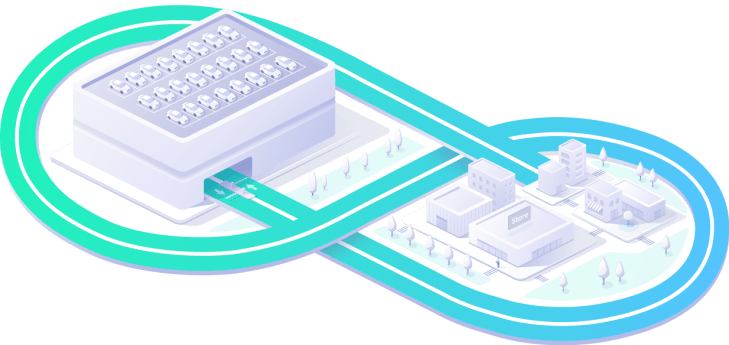
On-demand mobility, when done successfully, strikes a balance between demand and supply while providing reliable service and making a profit. Ita sweet spot that can be difficult, if not impossible, to find.
Autofleet, a startup that develops fleet optimization software to redirect underused vehicles into ride-hailing and delivery services, wants to solve that mission impossible. Now, the company founded by former Avis and Gett employees, has raised $7.5 million in seed and Series A funding to expand into international markets and grow its research and development team.
The Series A was led by MizMaa Ventures with participation from Maniv Mobility, Next Gear Ventures and Liil Ventures. Its seed financing was led by Maniv Mobility.
Autofleet developed a fleet management platform that can be used by rental car companies, car sharing operators and automakers to launch or better manage mobility services. The platform includes a booking app and integrations to delivery services, demand prediction, pooling and optimization algorithms as well as a driver app, and control center. The company also has developed a simulator tool that lets operators plan how a fleet will be deployed before a single vehicle hits the road.
For example, a rental company with abundant inventory and little demand for traditional multi-day contracts could use the platform to launch and then manage a car-sharing service. Autofleet already has partnerships with Avis Budget Group, Zipcar, Keolis and Suzuki .
That focus on managing supply side constraints is what attracted Maniv Mobility to invest in the seeding and Series A rounds, according the firmgeneral partner Olaf Sakkers.
Autofleetbiggest markets today are in Europe and the U.S., CEO Kobi Eisenberg told TechCrunch . The company is seeing early traction and fast growth in Latin America and Asia-Pacific. Eisenberg said they plan to double down on these markets.The company also expects to announce a partnership in Asia to accelerate growth in that region.
Autofleet is also looking for new opportunities for how vehicle fleets can be used, including ways to help micromobility companies improve their unit economics, according to Eisenberg.
In this age of COVID-19 — when asset-heavy businesses like rental car companies have seen their businesses upended — Autofleet has already discovered new uses for its platform. The platform is being used to help companies shift fleets to meet todaydemand for logistics and medical transportation. Autofleet is also selling its platform to companies looking to leverage their vehicle assets for their delivery services.
&We&re hearing from fleet partners around the globe who are experiencing dramatic drops in demand, and therefore significant portions of their fleet and drivers are un-utilized,& Eisenberg said. &At the same time, we have seen a sharp increase in demand for delivery services from businesses across all verticals: retail and supermarkets, restaurants.&
- Details
- Category: Technology Today
Read more: Autofleet increases $7.5 M to help fleets put idle lorries into drive
Write comment (91 Comments)Page 963 of 1437

 18
18





